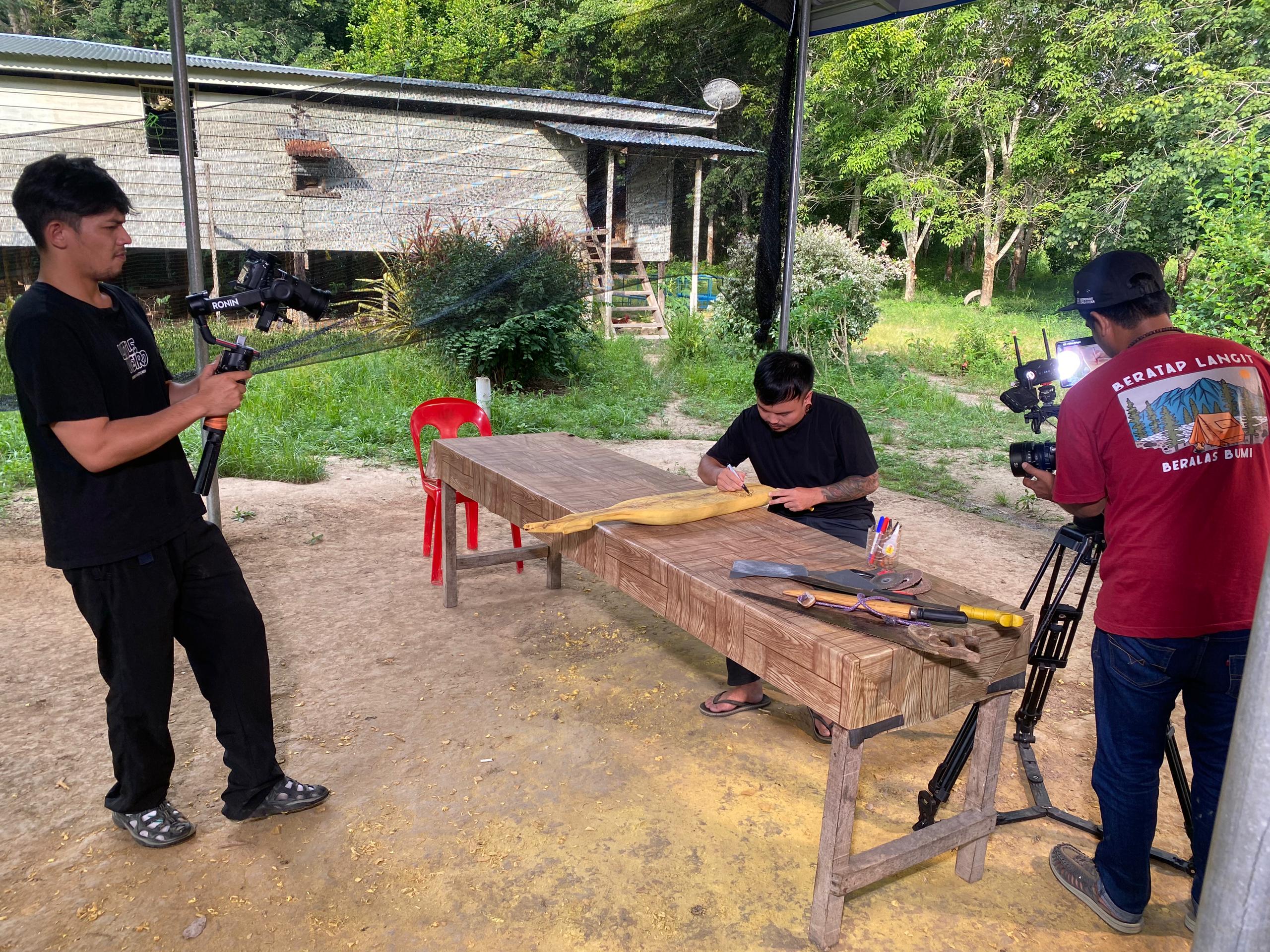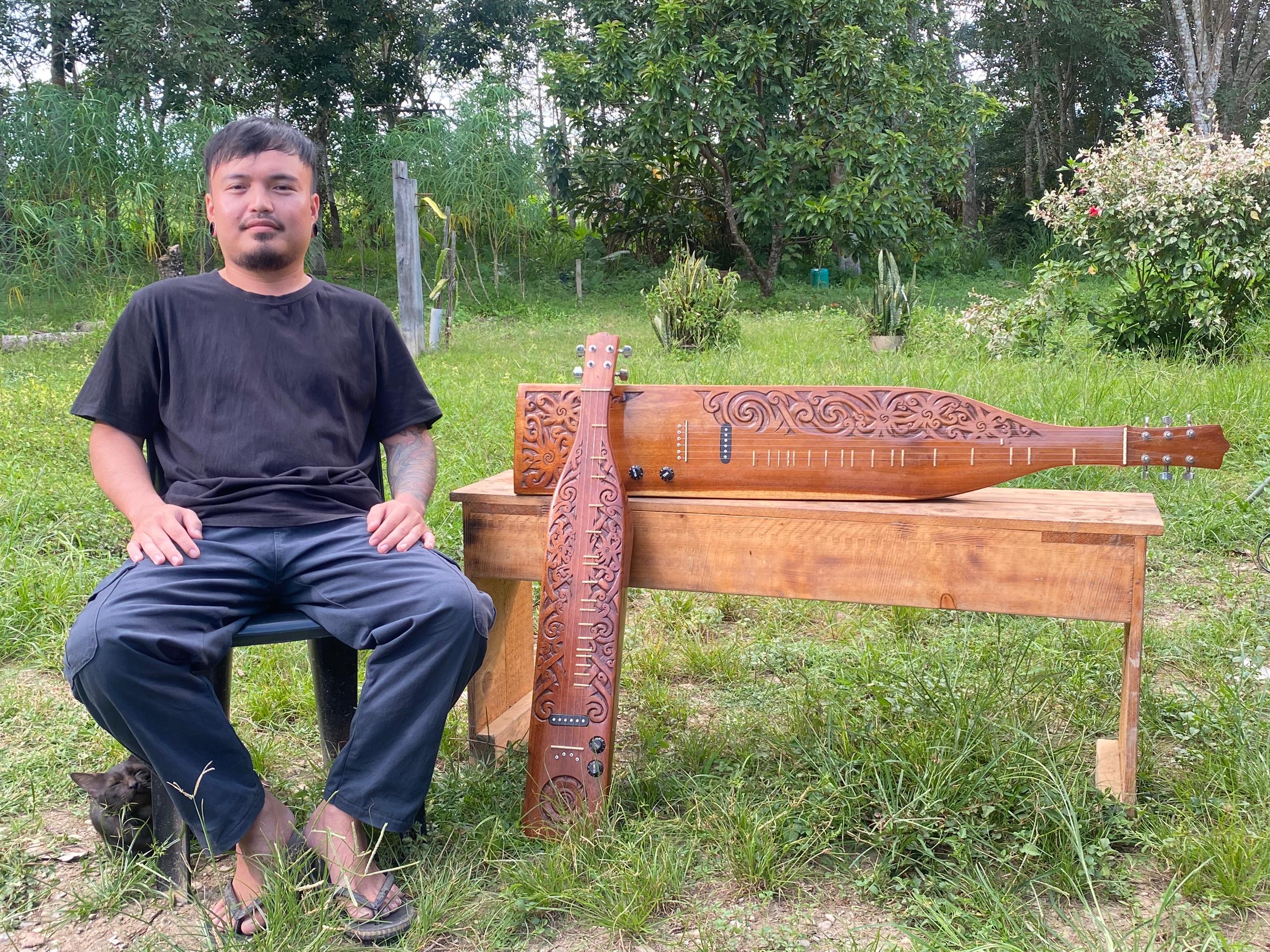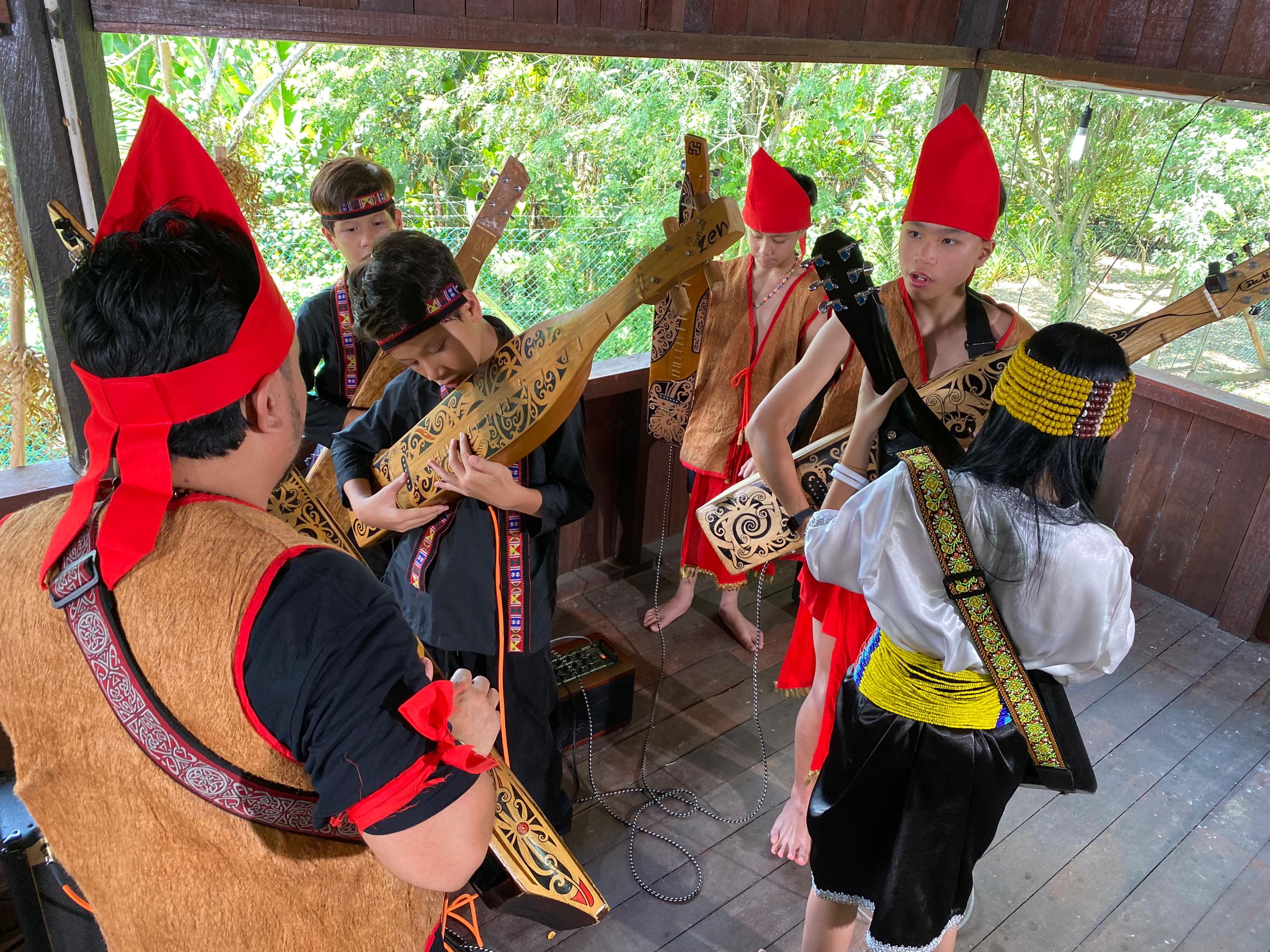ARTS AND CULTURE INFORMATION GATEWAY
Immerse yourself in the colorful world of art and culture! From traditional heritage to contemporary works, discover uniqueness that reflects the nation's identity and identity
TARIAN ALAI SEKAFI
Picture
6
Video
Available
Today's Visitor
9
Number of Visitors
552
Introduction and history
Alai Sekafi is a traditional dance of the Lundayeh ethnic community, primarily found in the Sipitang district and the interior region of Long Pasia in Sabah. The term "Alai" translates to "to dance," while "Sekafi" refers to a traditional musical instrument used by the Lundayeh people, which resembles the Sape. Therefore, the name of the Alai Sekafi dance comes from the instrument played during the performance.
Traditionally, this dance served as a tribute to honour the return of Lundayeh warriors who had fought in battles or wars. It symbolised gratitude and appreciation for their efforts in protecting their people from enemy threats. Today, the Alai Sekafi dance has become a significant cultural element for the Lundayeh ethnic group. It is cultural entertainment at various celebratory events or traditional festivals, such as welcoming guests, weddings, or other formal occasions.
Female dancers wear white attire, such as a kebaya blouse adorned with black lace on the neckline and sleeves, known as Bekad Berecu. This blouse is paired with Tekip Siating, a black sarong decorated with beads or lace at the edges and worn knee-length. The Tekip Siating is secured with a Pogot, a silver belt resembling coin-like plates.
To complete the ensemble, dancers wear a yellow headpiece called Alet Birar. Around the waist, they adorn a Selapit, a belt made of tiny beads. Additional accessories include Baw Tulang (necklace) and Leku Baw (bracelets), adding an authentic touch to the traditional attire of the Lundayeh ethnic group.
The Sekafi, a traditional musical instrument unique to the Lundayeh ethnic community in Sabah, entirely accompanies this dance. The Sekafi is crafted from the trunk of a jackfruit tree and strung with three brass or wire strings. Its surface is adorned with distinctive motifs that reflect the artistic heritage of the Lundayeh people. Typically, the Sekafi is played solo to accompany the Alai Sekafi dance performances.
This dance is performed exclusively by female dancers. Its movements emphasize rolled and curved hand gestures accompanied by rhythmic foot stomping. While the choreographic formations are open to the choreographer's creativity in arranging floor patterns, the hand movements remain consistent and unaltered.
-
Reference Source
Bilcher Bala, Baszley Bee Basrah Bee & Jane Wong Kong Ling. (2012). Lundayeh. Dalam Kntayya Mariappan & Paul Porodong. Siri etnik Sabah ITBM-UMS: Murut & Pelbagai Etnik Kecil Lain di Sabah. Institut Terjemahan Buku Malaysia.
Simeon, J. J. C., Low, K. O., Baxter, I. S., Saudik, M., Ahmad, S., & Chong, L. S. (2017). Traditional Musical Instruments and Dance Music of the Lundayeh of Sabah. Wacana Seni, 16, 103–133. https://doi.org/10.21315/ws2017.16.5
Bala, B., K. L. Wong & Baszley Bee Basrah Bee. (2007). Perubahan Sosiobudaya Masyarakat Lundayeh. Dalam Pluraliti Etnik dan Budaya di Sabah, eds. Saidatul Nornis Mahali, Mohd. Sarim Mustajab & Suraya Sintang, 201–253. Kota Kinabalu: Penerbit UMS.
Location
State JKKN Contact Information
Puan Nurshahrinna Syahrial
Cultural Officer
Jabatan Kebudayaan dan Kesenian Negara, Sabah
Kompleks JKKN Sabah,
Jalan Tasik off KM4 Jalan Penampang,
88200 Kota Kinabalu
SABAH
088-205070
Use the form below to contact the Informant/Figure/Editor/Researcher directly. We will respond to your inquiry as soon as possible!














